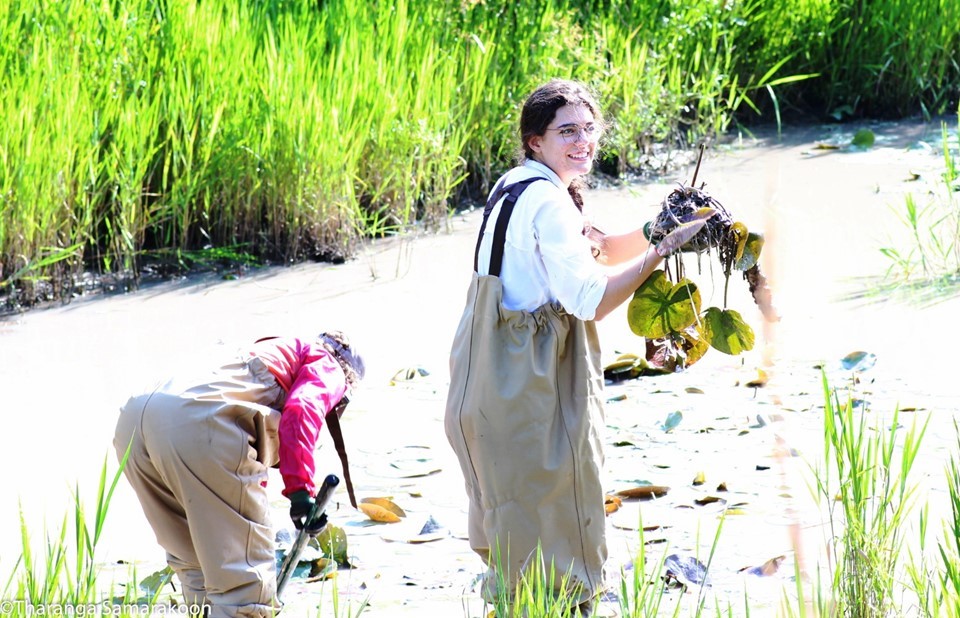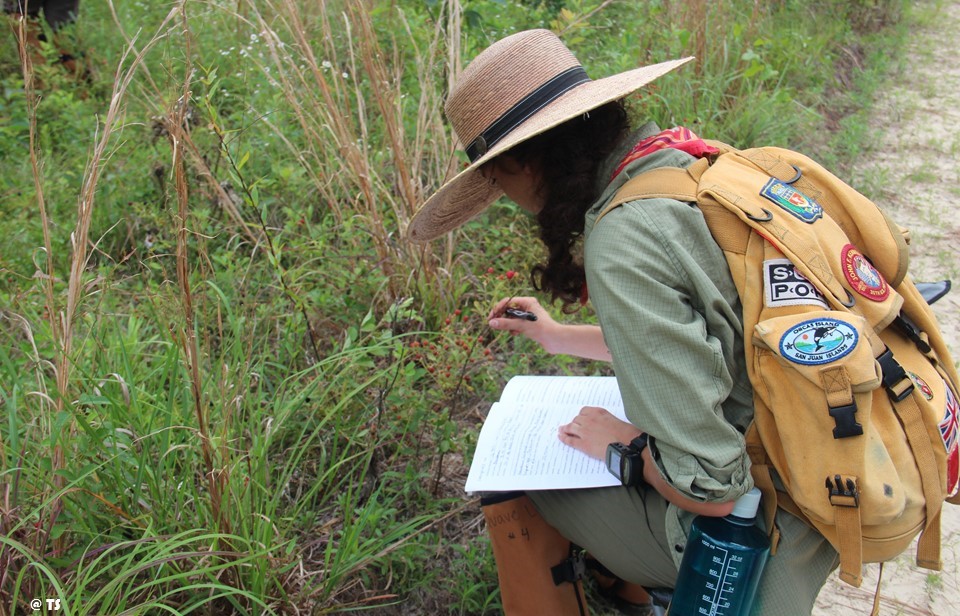What is a herbarium?
A herbarium is a museum of preserved plant samples that are used for botanical research and education. Herbarium specimens may include pressed and mounted plants, plant parts (seeds, wood sections, pollen), microscope slides, plant DNA, and objects made from plants. At the Emory Herbarium, we believe in connecting people to plants, and in addition to our pressed herbarium specimens, we also curate ethnobotanical objects (e.g. blow guns, baskets, gourds, herbal medicines, musical instruments, etc.) that can help us to teach students and the public about the importance of plants in our lives.

Hours and Location
The Emory University Herbarium is dedicated to serving as a resource for biology research and education. Any member of the public is welcome to contact GEO! We are happy to help!
You can also view data and images of our specimens via the SERNEC Portal.

Mission Statement
The mission of the Emory University Herbarium (GEO) is to serve as a botanical research and educational resource for the Emory University and global community. GEO aims to foster understanding of the human-nature interface by collecting, preserving, researching and exhibiting botanical specimens and ethnobotanical objects.
Vision Statement
The Emory University Herbarium (GEO) is recognized in Index Herbariorum, an international registry of herbaria. Looking forward, GEO seeks to continue in the documentation and monitoring of:
- Plants used in research at Emory University and partner institutions;
- Medicinal plants for the purposes of understanding medical history and for drug discovery initiatives;
- Poisonous plants for physicians, pharmacists and veterinarians;
- Wild food plants for research on food security and food sovereignty;
- Other plants of economic importance for use in educational outreach; and
- Endangered, threatened, and rare plants for Natural Heritage Programs.
Want to support our work?
There are several major ways to help support our work:
- We need volunteers to assist with our work of mounting and imaging specimens. Find out how to volunteer your time here.
- You can make a charitable donation to support our research and educational outreach efforts through the Emory University Giving website. More information is available here.
- You can donate botanical reference texts, plant objects, and historical specimens. Find out more about material donations here.
Follow our news and activities! We’re on Twitter, Instagram and Facebook!

If you want to cite this website:
Quave, C.L. (2015 onwards) Emory University Herbarium Website. Version 2.0, May 2016. https://scholarblogs.emory.edu/emoryherbarium/



